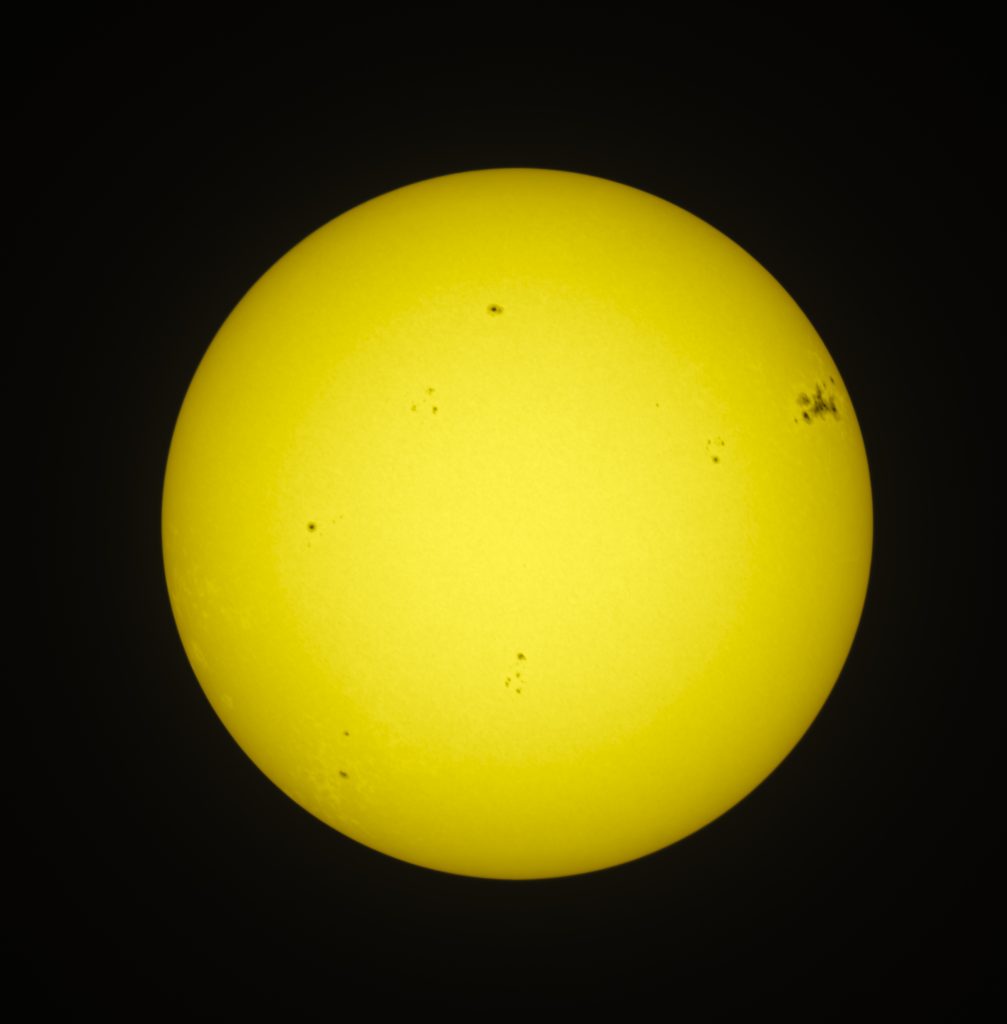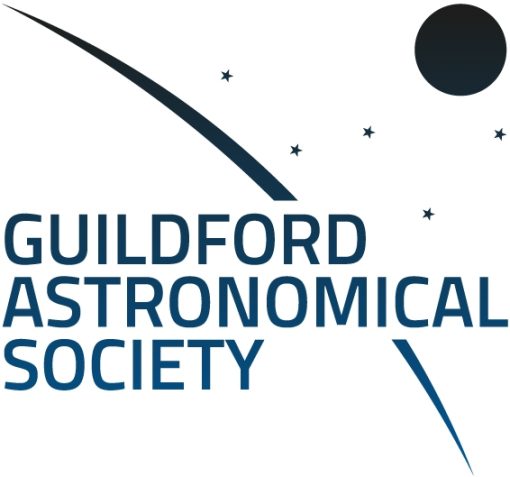by Rachel Dutton
After the incredible solar storm witnessed across the UK and as far South as North African and the Southern United States on the 10th May 2024, people are catching the bug for seeing more. Whilst no one can guarantee an aurora, and the May event was very rare, there are things you can do to increase your chances of catching an aurora whilst we approach solar maximum, currently thought to happen at some point in 2025.
What You Need To Find An Aurora
- The Sun needs to be active, usually this is when it is approaching solar maximum.
- Sunspots facing the earth. Ideally a good number of them bunched together.
- Reports of Coronal Mass Ejections (CMEs) and flares coming from those sunspots towards the Earth.
- The interplanetary magnetic field to be pointing south.
- A cloud free sky (or with few clouds).
- As little light pollution as possible (away from city lights, nearby light sources such as lamps or headlights or a week either side of the full moon).
- A safe location, ideally with a Northern view.
- A phone and/or a camera.
What Causes the Northern Lights?
Here is a great explainer video from NASA giving you an overview of what causes the Northern Lights or aurora.
Predicting An Aurora
Sunspots
There are a few ways to predict an aurora. First of all, if you know that you are in a year of solar maximum, then solar astronomers may be reporting or sharing more images of sunspots. Here are some sunspot images of sunspots in different layers of the sun taken by GAS members over May 2024.

The chromosphere is the layer of the sun we can observe using a hydrogen alpha filter and it looks like something from Van Gogh’s imagination. You can see prominences and spicules dancing along the edge (or limb) and the glorious swirls and eddies of hot plasma rising up, cooling and sinking.
In this Ha image you can see the sunspot region AR3664 in the top right that appear darker. These are cooler regions connected by a loop of plasma and they are in North South pairings due the charge.
There are also other ways of imaging the sun. These photos show the photosphere of the sun, the bit we see when we look up, which is the first layer at which the light is transparent.


Credit – Peter Homonko. (in white light) Credit – Martin Baker (in white light)
These images show sharper sunspots with their umbrae (darkest patches at the centre) and surrounding penumbrae (slightly less dark areas).
VERY IMPORTANT NOTE: Never look directly at the Sun and if you are using solar viewing equipment, ensure you check it and know how to use it before facing the Sun otherwise it could damage your equipment or even cause a fire. We have experienced solar astronomers within GAS.
When looking at images with sunspots in, you can tell whether we are closer to solar maximum or minimum. At solar minimum, there are less sunspots and they are closer to the poles. At solar maximum, there are more sunspots and they are closer to the equator.


Credit – Martin Baker (in Hydrogen Alpha)
The difference in activity between Solar minimum and coming up to solar maximum.
Here’s a link to more sunspot images taken by GAS members Aurora Gallery


Comments are closed